Home>Furniture & Design>Bathroom Accessories>How To Lubricate A Bathroom Exhaust Fan
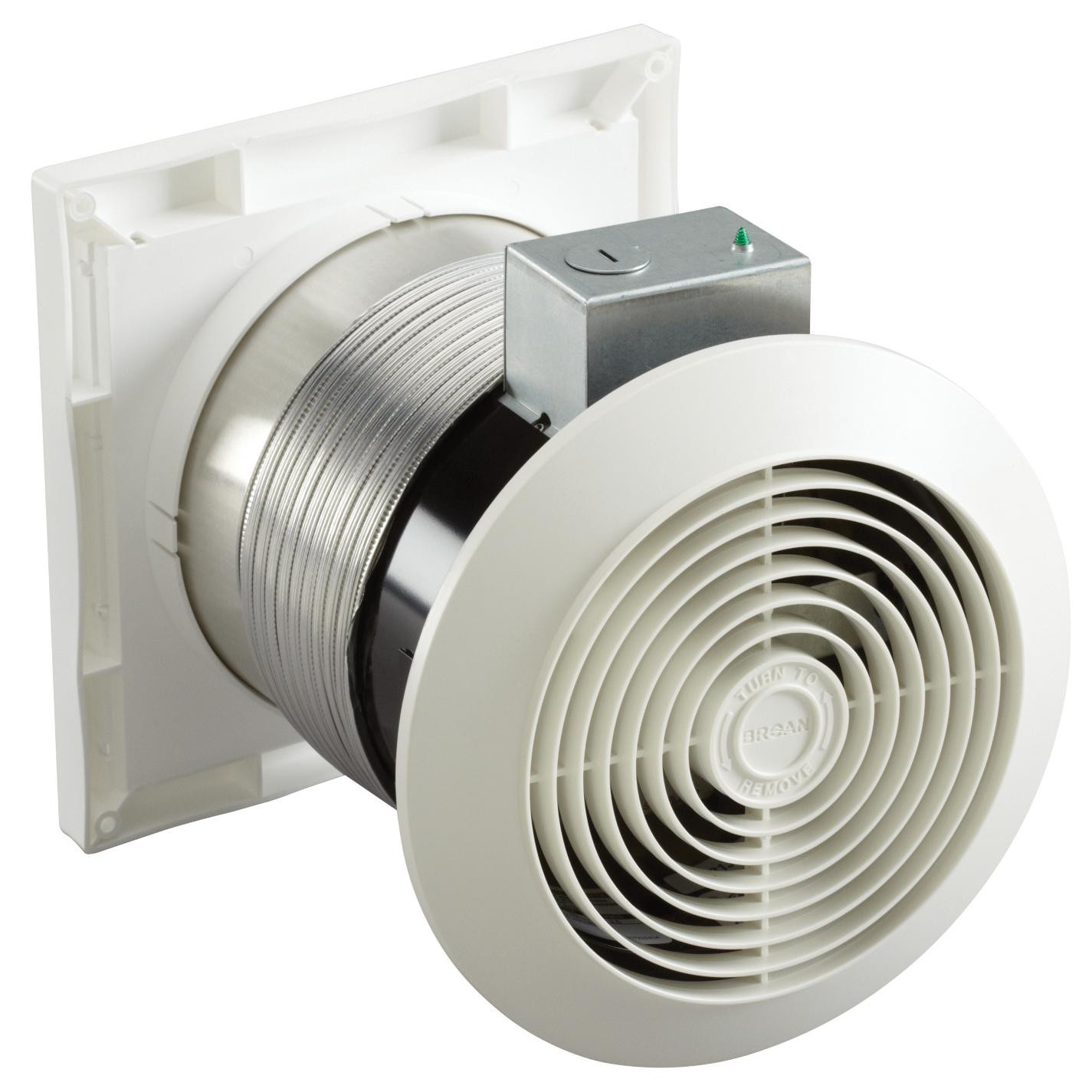

Bathroom Accessories
How To Lubricate A Bathroom Exhaust Fan
Modified: February 17, 2024
Learn how to properly lubricate your bathroom exhaust fan to keep it running smoothly and efficiently. Follow these simple steps to maintain your bathroom accessories and improve air quality.
(Many of the links in this article redirect to a specific reviewed product. Your purchase of these products through affiliate links helps to generate commission for Storables.com, at no extra cost. Learn more)
Introduction
Maintaining a clean and fresh bathroom environment is essential for both hygiene and comfort. One often overlooked component of a bathroom is the exhaust fan. This small yet crucial device plays a significant role in ensuring proper ventilation and air circulation, which is essential for preventing mold, mildew, and unpleasant odors from lingering in the bathroom.
Over time, bathroom exhaust fans can become less effective due to the accumulation of dust, dirt, and the natural wear and tear of the fan motor. This can lead to reduced airflow and increased noise levels, indicating that the fan is in need of attention. Fortunately, one effective way to address these issues and restore the fan's functionality is by lubricating its moving parts.
In this comprehensive guide, we will delve into the importance of lubricating a bathroom exhaust fan, the tools and materials needed for the task, and the step-by-step process to effectively lubricate the fan. By following these instructions, you can ensure that your bathroom exhaust fan operates at its optimal level, providing efficient ventilation and maintaining a pleasant bathroom environment.
Now, let's explore the significance of this maintenance task and learn how to keep your bathroom exhaust fan in top condition.
Key Takeaways:
- Regularly lubricating your bathroom exhaust fan is crucial for smooth, quiet operation, prolonged lifespan, and a healthier, more energy-efficient bathroom environment.
- To maintain optimal fan performance, clean the fan regularly, inspect and replace air filters, monitor fan operation, keep the surrounding area clean, address moisture and humidity, and schedule periodic lubrication.
Read more: How To Fix Bathroom Exhaust Fan
Why Lubricating a Bathroom Exhaust Fan is Important
Lubricating a bathroom exhaust fan is a crucial maintenance task that often goes unnoticed. Over time, the fan's moving parts, such as the motor and bearings, can become dry and worn, leading to increased friction and reduced efficiency. This can result in several issues that impact the fan's performance and the overall bathroom environment.
One of the primary reasons for lubricating a bathroom exhaust fan is to ensure smooth and quiet operation. As the fan's components wear down, they can generate friction, causing the fan to produce excessive noise during operation. This not only disrupts the tranquility of the bathroom but also indicates that the fan is working harder than necessary, potentially shortening its lifespan.
Furthermore, lubrication helps to reduce the strain on the fan motor, which is responsible for driving the fan blades. A well-lubricated motor operates more efficiently, consuming less energy and reducing the risk of overheating. This not only contributes to lower energy costs but also promotes a more sustainable and eco-friendly bathroom environment.
In addition to improving the fan's performance, lubrication also plays a vital role in prolonging the fan's lifespan. By reducing friction and wear on the moving parts, regular lubrication can help prevent premature component failure and the need for costly repairs or replacements. This proactive approach to maintenance not only saves money in the long run but also minimizes the inconvenience of dealing with a malfunctioning exhaust fan.
Moreover, a properly lubricated bathroom exhaust fan ensures effective ventilation and air circulation in the bathroom. This is essential for removing excess moisture, odors, and airborne particles, thereby preventing the formation of mold, mildew, and other potential health hazards. By maintaining optimal airflow, lubrication helps to uphold a clean, healthy, and comfortable bathroom environment for occupants.
In essence, the importance of lubricating a bathroom exhaust fan cannot be overstated. It not only enhances the fan's performance and longevity but also contributes to a quieter, more energy-efficient, and healthier bathroom space. Therefore, incorporating regular fan lubrication into your maintenance routine is a proactive and beneficial practice that ensures a well-functioning and pleasant bathroom environment.
Tools and Materials Needed
When preparing to lubricate a bathroom exhaust fan, it's essential to gather the necessary tools and materials to ensure a smooth and efficient maintenance process. Here's a comprehensive list of items you'll need:
Tools:
- Screwdriver: A Phillips or flat-head screwdriver will be required to remove the fan cover and access the fan assembly. Ensure that the screwdriver matches the type of screws used in your specific fan model.
- Lubricant Applicator: This can be a small brush or a precision applicator designed for applying lubricant to the fan motor and bearings. A brush with soft bristles is ideal for reaching tight spaces and ensuring even distribution of the lubricant.
- Cleaning Cloth or Brush: Before lubricating the fan, it's important to clean the fan blades and surrounding components to remove any accumulated dust and debris. A microfiber cloth or a soft-bristled brush can be used for this purpose.
- Step Stool or Ladder: Depending on the height of your bathroom exhaust fan, a step stool or ladder may be necessary to safely access the fan assembly. Always prioritize safety when working at elevated heights.
Materials:
- Lubricant: Selecting the right lubricant is crucial for the effective maintenance of the fan. Choose a high-quality lubricant specifically designed for small motors and bearings. Silicone-based or synthetic lubricants are often recommended for bathroom exhaust fans due to their durability and resistance to moisture.
- Disposable Gloves: To protect your hands from dirt, dust, and lubricant during the maintenance process, it's advisable to wear disposable gloves. This also helps prevent the transfer of oils and contaminants onto the fan components.
- Safety Glasses: While working on the fan assembly, wearing safety glasses can provide protection against dust and debris that may dislodge during the cleaning and lubrication process.
- Owner's Manual: Keep the fan's owner's manual handy for reference, especially if it contains specific instructions or precautions related to lubricating the fan. This can help ensure that the maintenance is carried out in accordance with the manufacturer's recommendations.
By gathering these tools and materials before starting the lubrication process, you can streamline the maintenance procedure and ensure that you have everything necessary to effectively lubricate your bathroom exhaust fan. This proactive approach sets the stage for a successful fan maintenance experience, promoting optimal performance and longevity for the fan.
Read more: What Is An Exhaust Fan
Steps to Lubricate a Bathroom Exhaust Fan
-
Turn Off the Power: Before beginning the lubrication process, it is crucial to ensure the safety of the maintenance procedure. Start by turning off the power to the bathroom exhaust fan at the circuit breaker or fuse box. This precautionary measure prevents the risk of electric shock and ensures a safe working environment.
-
Remove the Fan Cover: Using a screwdriver, carefully remove the screws securing the fan cover in place. Gently detach the cover to access the fan assembly. Place the screws in a secure location to prevent misplacement.
-
Clean the Fan Blades and Components: Prior to lubrication, it's essential to clean the fan blades and surrounding components to remove accumulated dust and debris. Use a microfiber cloth or a soft-bristled brush to gently wipe the blades and other accessible parts. This step helps ensure that the lubricant is applied to a clean surface, promoting optimal performance.
-
Locate the Motor and Bearings: Once the fan assembly is accessible, locate the motor and bearings. These are the primary components that require lubrication to reduce friction and ensure smooth operation. Refer to the owner's manual for specific guidance on locating these components if needed.
-
Apply Lubricant to the Motor and Bearings: Using a lubricant applicator, such as a small brush or precision applicator, apply a moderate amount of the selected lubricant to the motor and bearings. Ensure even distribution of the lubricant to minimize friction and promote efficient movement. Be cautious not to over-lubricate, as excess lubricant can attract dust and debris, potentially impacting the fan's performance.
-
Rotate the Fan Blades: After applying the lubricant, gently rotate the fan blades by hand to help distribute the lubricant evenly across the motor and bearings. This step facilitates the integration of the lubricant into the moving parts, optimizing their functionality.
-
Reattach the Fan Cover: Once the lubrication process is complete, reattach the fan cover by securing it with the previously removed screws. Ensure that the cover is properly aligned and securely fastened to the fan assembly.
-
Restore Power and Test the Fan: After completing the lubrication and reassembly, restore power to the bathroom exhaust fan at the circuit breaker or fuse box. Turn on the fan and listen for any unusual noises. The fan should operate smoothly and quietly, indicating that the lubrication has effectively enhanced its performance.
By following these step-by-step instructions, you can effectively lubricate your bathroom exhaust fan, promoting smoother operation, reduced noise, and prolonged longevity. This proactive maintenance approach contributes to a healthier and more comfortable bathroom environment, ensuring optimal ventilation and air circulation.
Use a silicone-based lubricant to oil the bearings of the exhaust fan. Turn off the power, remove the cover, and apply a few drops to each bearing. Run the fan to distribute the lubricant.
Testing the Fan After Lubrication
After completing the lubrication process, it is essential to conduct a thorough test to ensure that the bathroom exhaust fan operates at its optimal level. Testing the fan after lubrication allows you to assess its performance, noise levels, and overall functionality, providing confidence that the maintenance task has been successful.
To begin the testing process, restore power to the bathroom exhaust fan at the circuit breaker or fuse box. Turn on the fan and pay close attention to its operation. A well-lubricated fan should operate smoothly and quietly, without producing excessive noise or exhibiting any signs of strain. As the fan blades rotate, listen for any unusual sounds that may indicate friction or mechanical issues.
Observe the airflow generated by the fan to ensure that it effectively removes moisture, odors, and airborne particles from the bathroom. Proper ventilation is essential for maintaining a clean and healthy environment, and the fan's ability to circulate air efficiently is a key indicator of its post-lubrication performance.
In addition to assessing the fan's operation, it is advisable to monitor its energy consumption. A well-lubricated fan should operate more efficiently, consuming less energy while maintaining optimal airflow. This can contribute to reduced energy costs and a more sustainable bathroom environment, aligning with the goal of efficient and eco-friendly ventilation.
During the testing phase, it is important to consider the duration of fan operation. Allow the fan to run for an extended period to evaluate its sustained performance. This extended testing helps ensure that the lubrication effectively minimizes friction and wear on the fan's moving parts, promoting long-term functionality and reliability.
If the fan exhibits smooth and quiet operation, effectively removes moisture and odors, operates efficiently, and demonstrates sustained performance during the testing phase, it indicates that the lubrication has been successful. These positive outcomes validate the effectiveness of the maintenance task and provide assurance that the bathroom exhaust fan is well-prepared to fulfill its vital role in maintaining a clean, comfortable, and healthy bathroom environment.
By thoroughly testing the fan after lubrication, you can confirm that the maintenance task has achieved its intended objectives, promoting optimal fan performance and longevity. This proactive approach to testing ensures that the fan operates at its best, contributing to a pleasant and well-ventilated bathroom space for occupants.
Maintenance Tips for Bathroom Exhaust Fans
Regular maintenance is essential for ensuring the long-term functionality and efficiency of bathroom exhaust fans. By incorporating the following maintenance tips into your routine, you can optimize the performance of your fan and uphold a clean, healthy, and comfortable bathroom environment.
-
Clean the Fan Regularly: Dust and debris can accumulate on the fan blades and within the fan assembly over time, potentially impeding airflow and reducing the fan's effectiveness. Regularly clean the fan blades and surrounding components using a soft-bristled brush or a microfiber cloth to remove accumulated dust and maintain optimal ventilation performance.
-
Inspect and Replace Air Filters: If your bathroom exhaust fan is equipped with an air filter, it's important to inspect and replace it as needed. Clogged or dirty filters can hinder airflow and strain the fan motor, leading to reduced efficiency. Check the air filter periodically and replace it according to the manufacturer's recommendations to ensure unobstructed airflow.
-
Monitor Fan Operation: Pay attention to the operation of your bathroom exhaust fan during each use. Listen for any unusual noises, such as grinding, rattling, or squeaking, which may indicate mechanical issues or the need for lubrication. Additionally, observe the airflow to ensure that the fan effectively removes moisture and odors from the bathroom.
-
Keep the Surrounding Area Clean: Maintain a clean and clutter-free environment around the fan to prevent obstructions and ensure optimal airflow. Avoid placing objects near the fan that could impede its operation or obstruct the airflow, as this can impact the fan's performance and efficiency.
-
Address Moisture and Humidity: Proper ventilation is essential for managing moisture and humidity levels in the bathroom. In addition to using the exhaust fan during and after showers, consider using a squeegee to remove excess water from surfaces and promptly addressing any leaks or plumbing issues that may contribute to excessive moisture.
-
Schedule Periodic Lubrication: As discussed earlier, periodic lubrication of the fan motor and bearings is crucial for maintaining smooth and efficient operation. Refer to the manufacturer's recommendations or owner's manual for guidance on the frequency of lubrication, and ensure that the selected lubricant is suitable for the fan's components.
By adhering to these maintenance tips, you can proactively care for your bathroom exhaust fan, promoting optimal performance, longevity, and a healthier bathroom environment. Regular maintenance not only enhances the fan's functionality but also contributes to energy efficiency and the prevention of potential issues, ensuring that your bathroom remains a clean, comfortable, and well-ventilated space for all occupants.
Frequently Asked Questions about How To Lubricate A Bathroom Exhaust Fan
Was this page helpful?
At Storables.com, we guarantee accurate and reliable information. Our content, validated by Expert Board Contributors, is crafted following stringent Editorial Policies. We're committed to providing you with well-researched, expert-backed insights for all your informational needs.
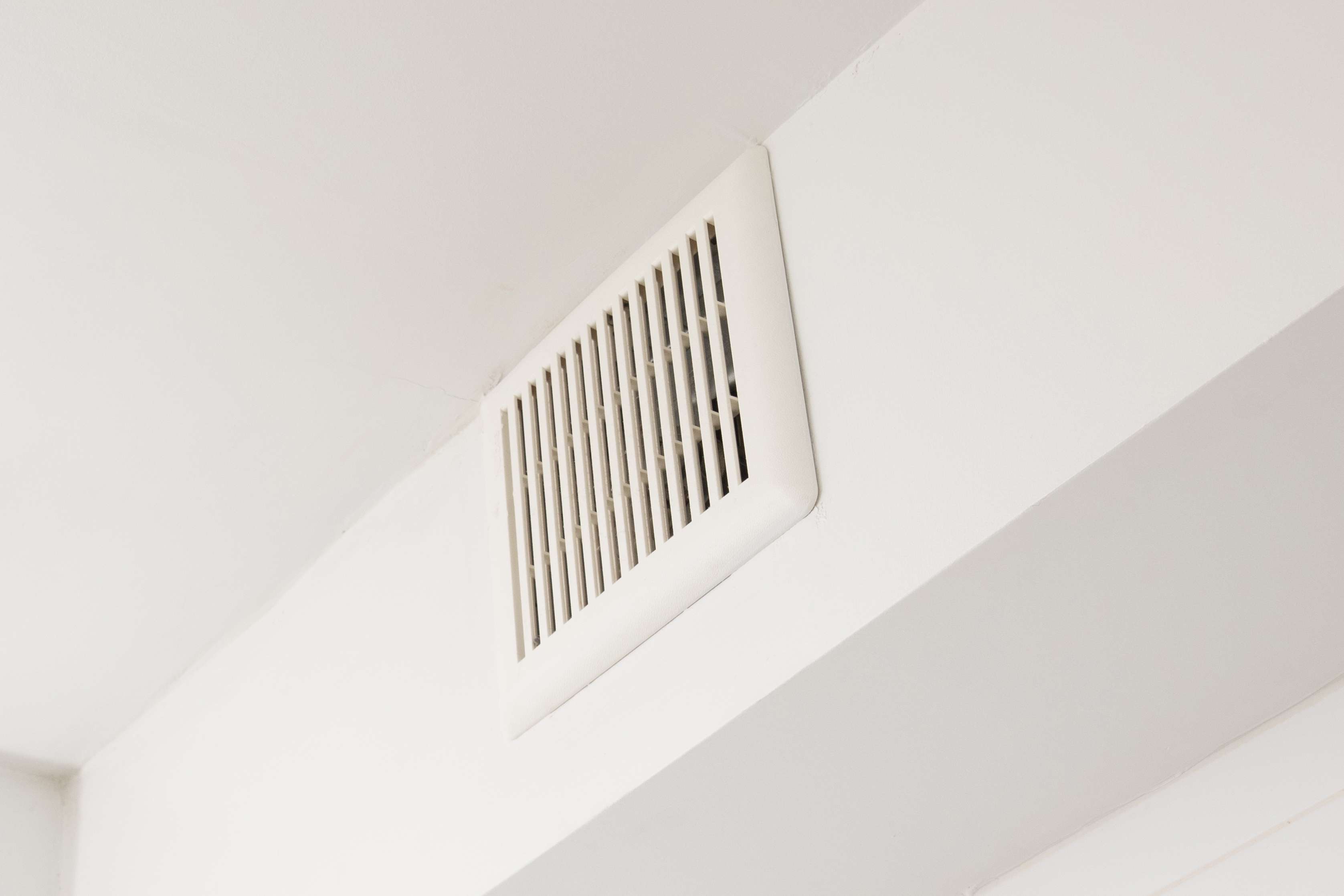
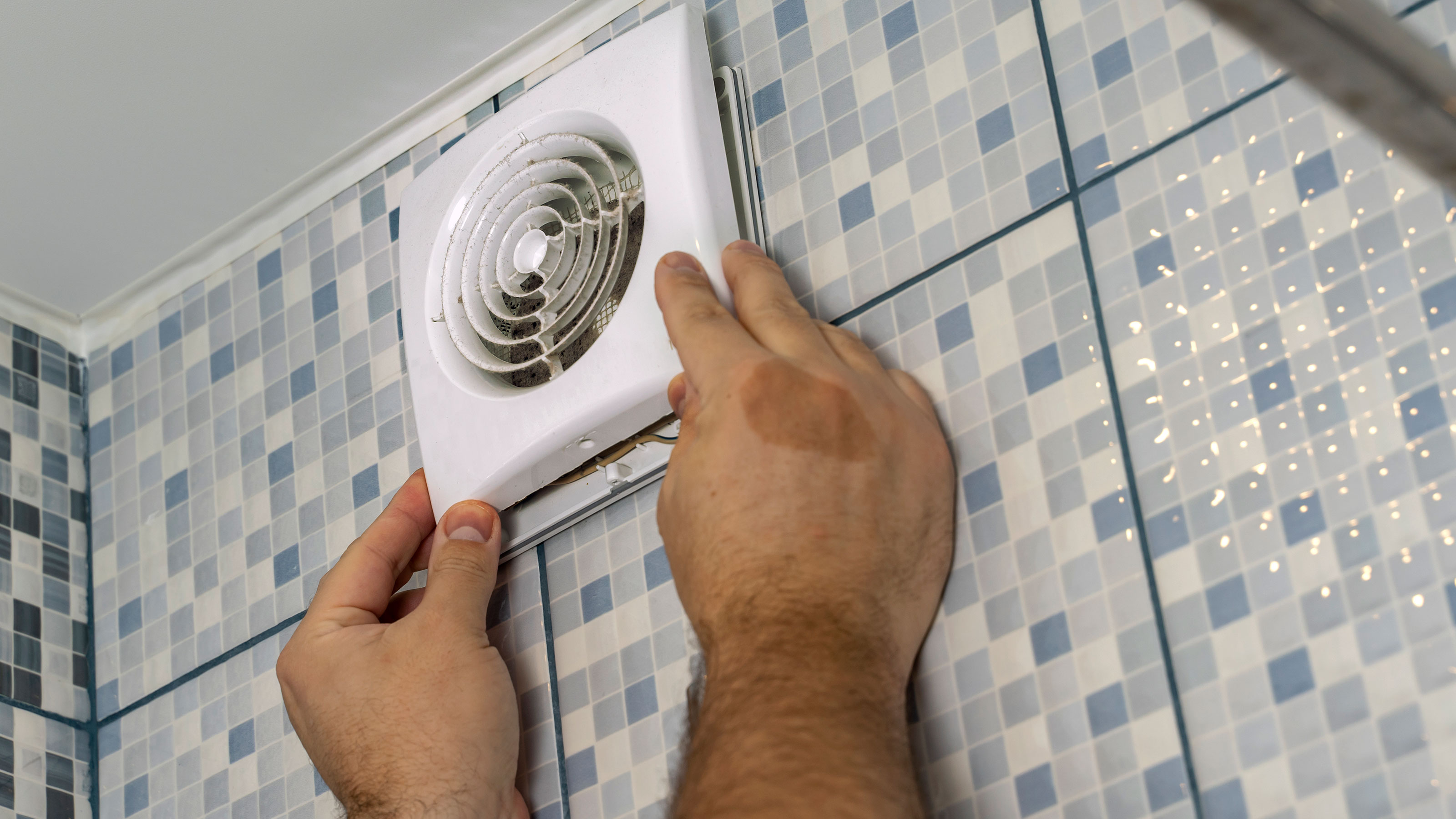
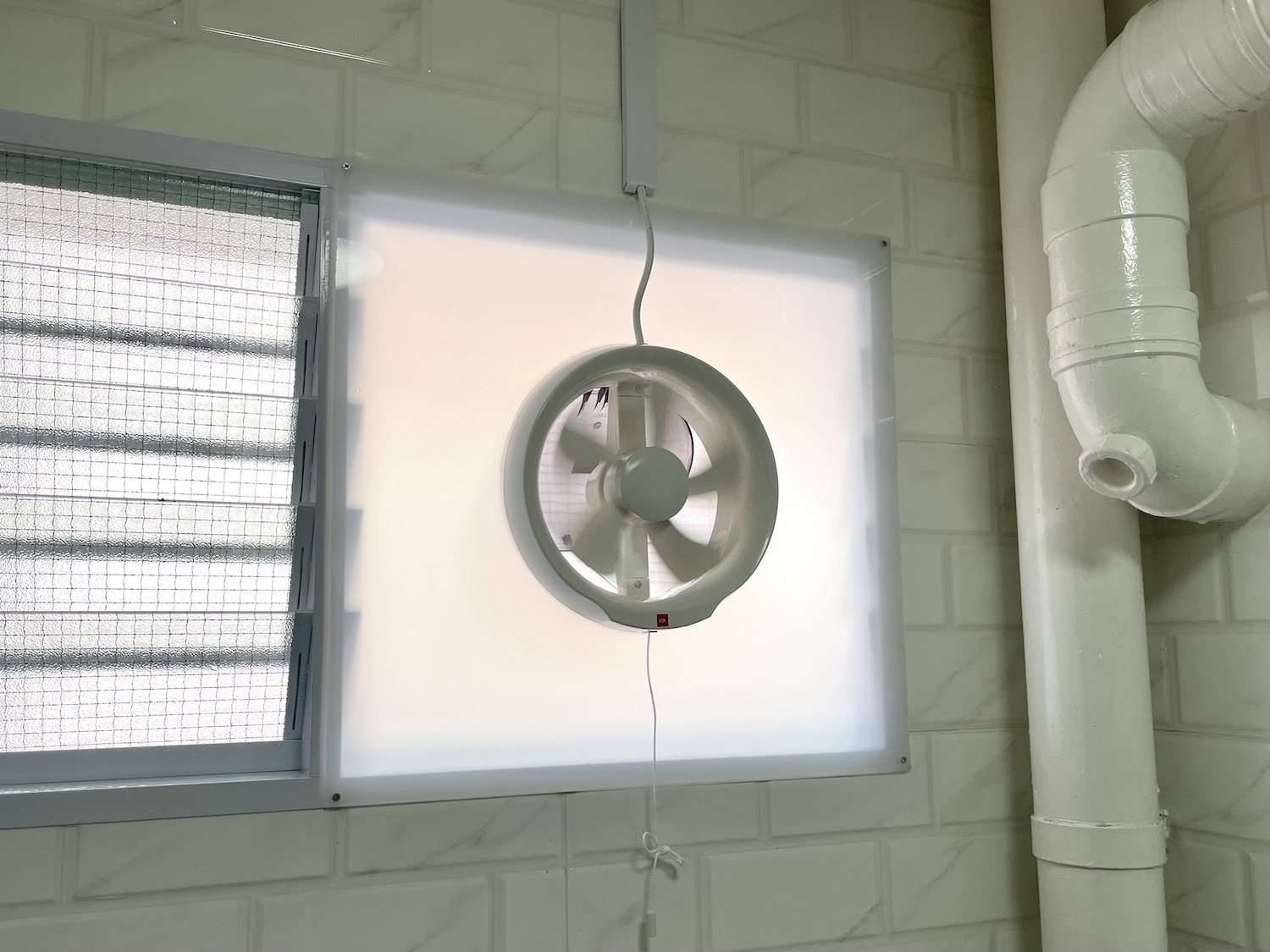
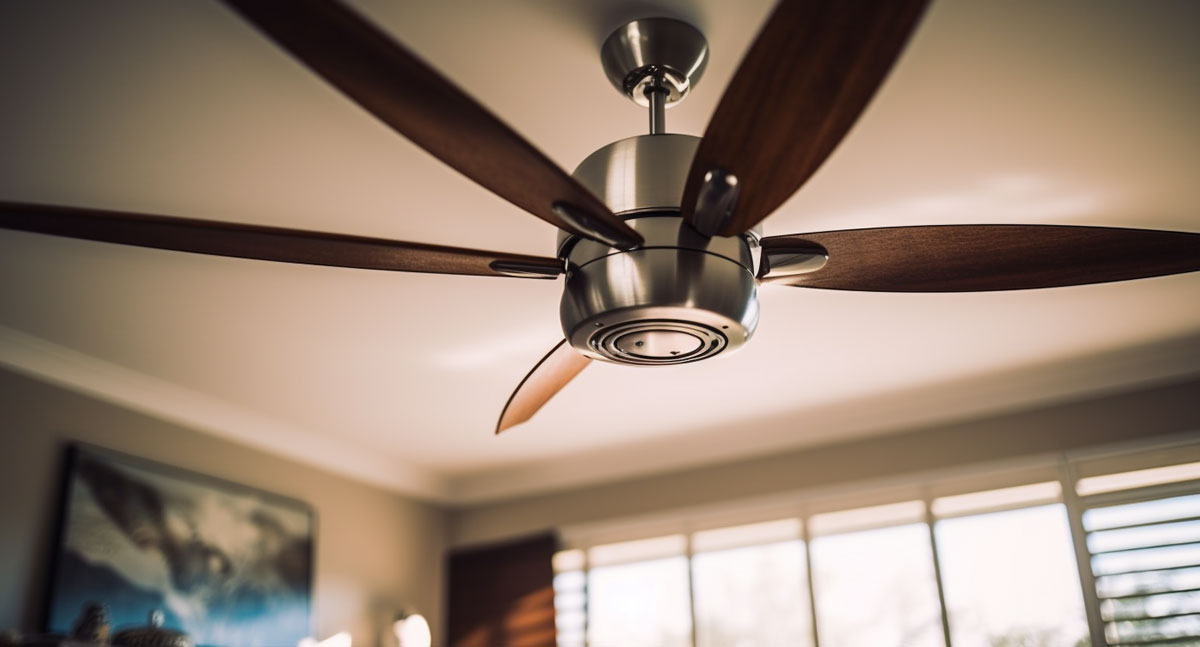
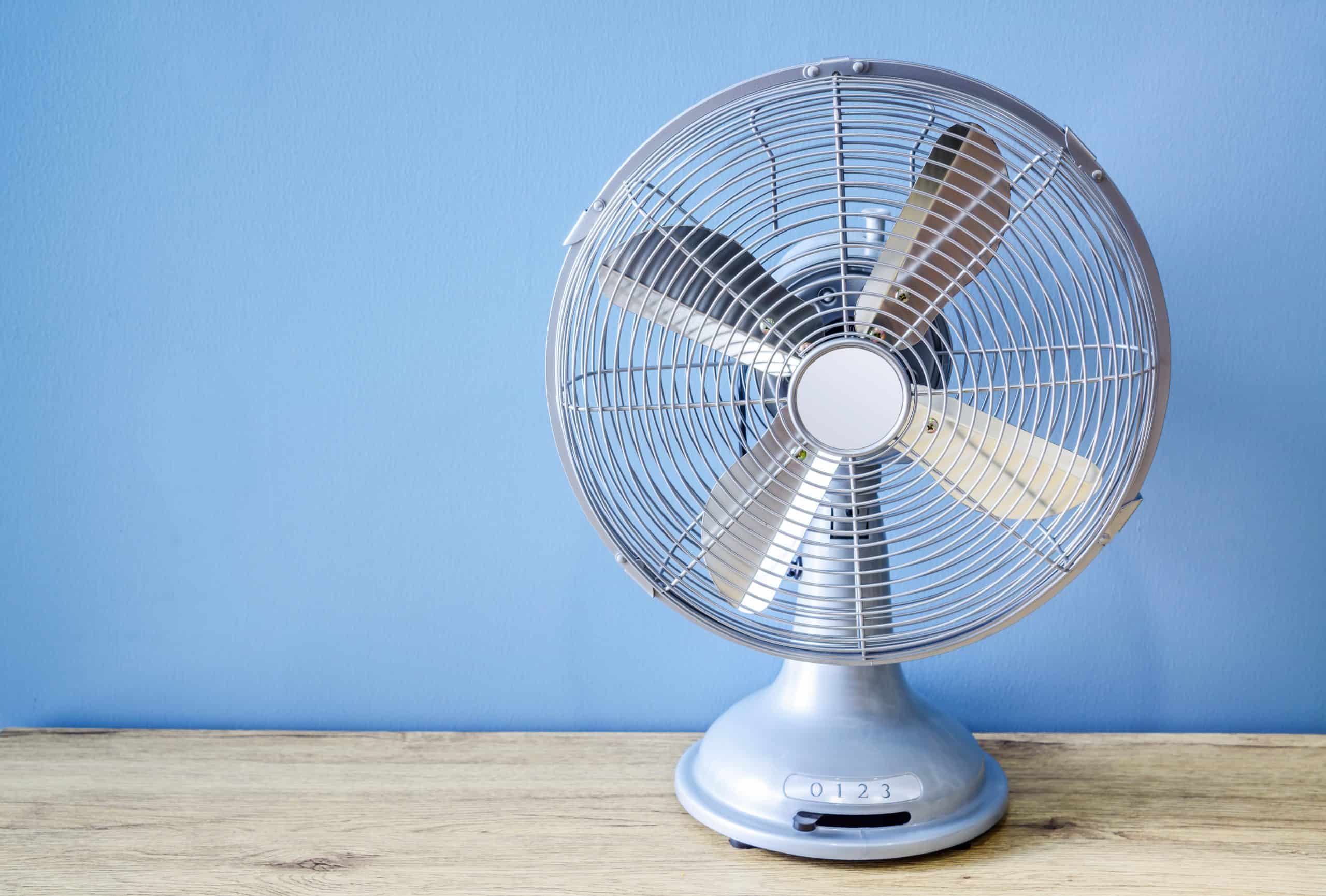
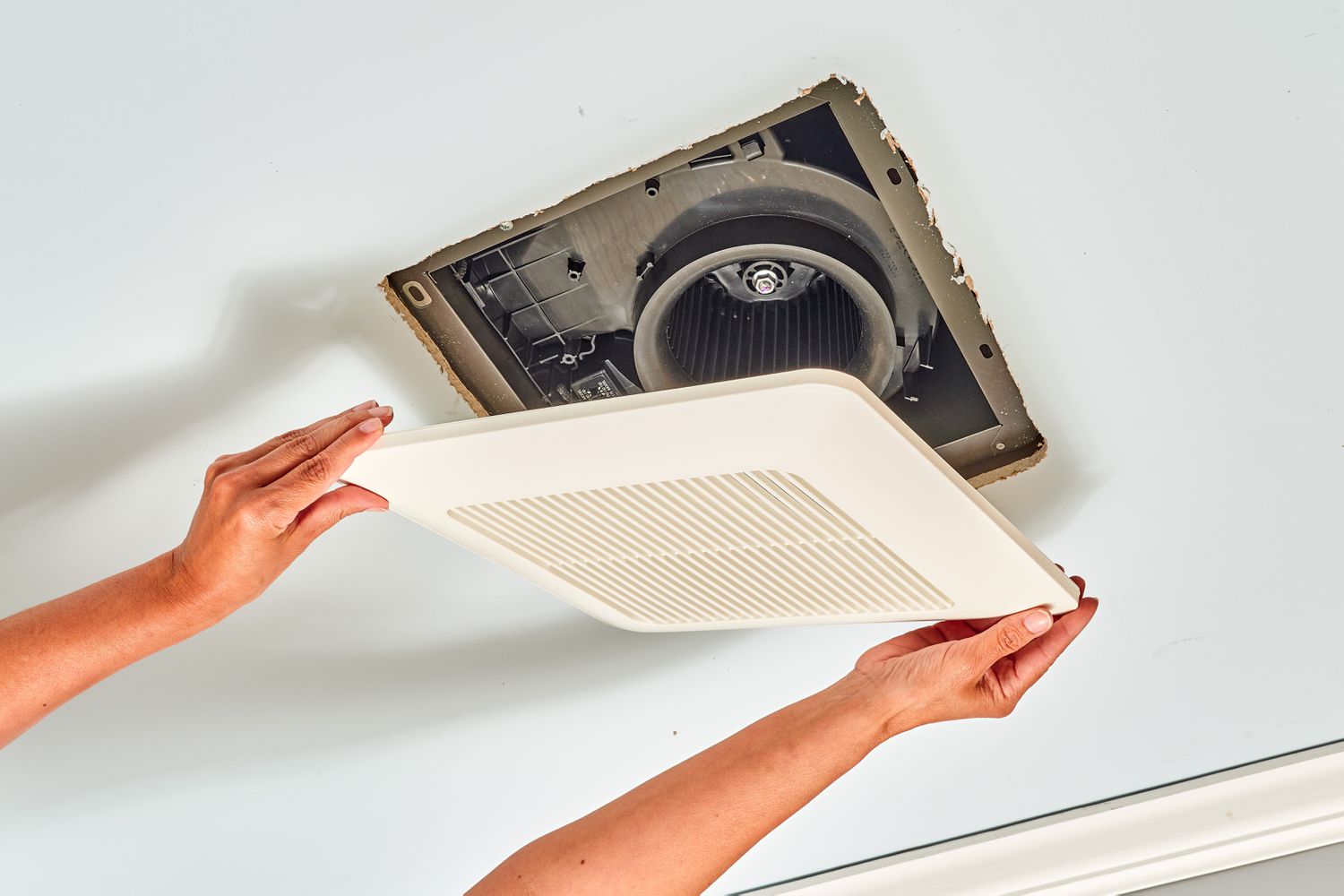
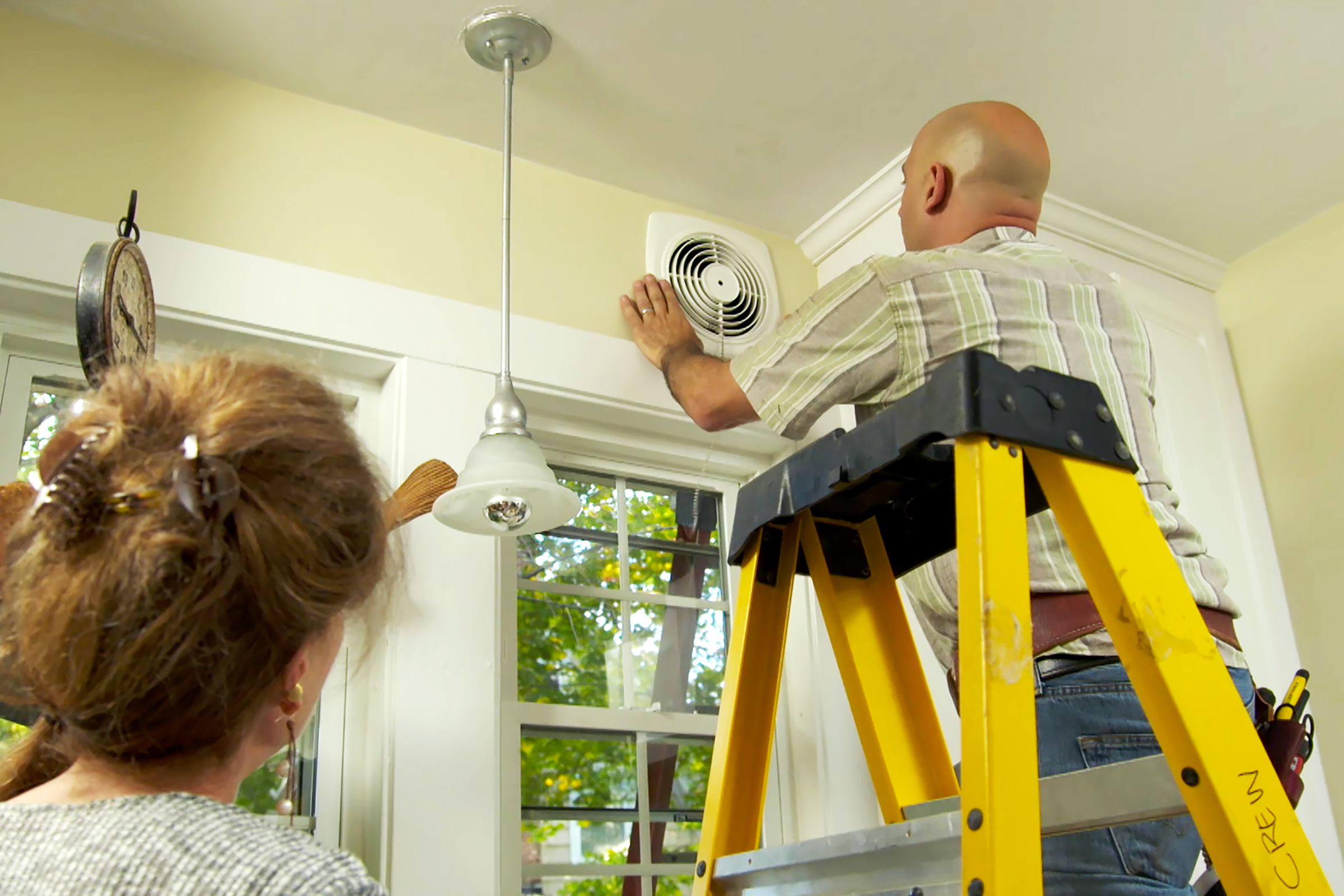
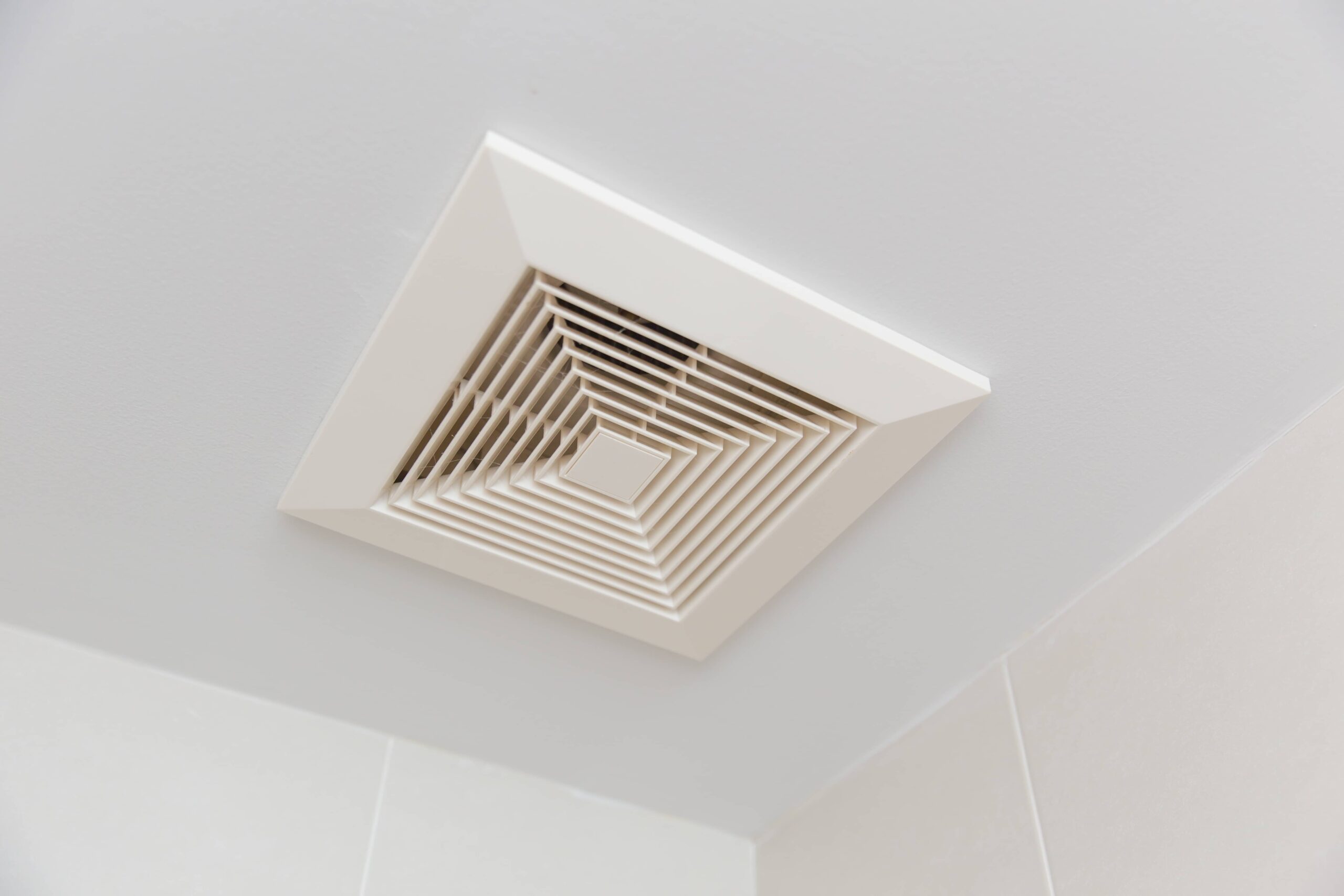
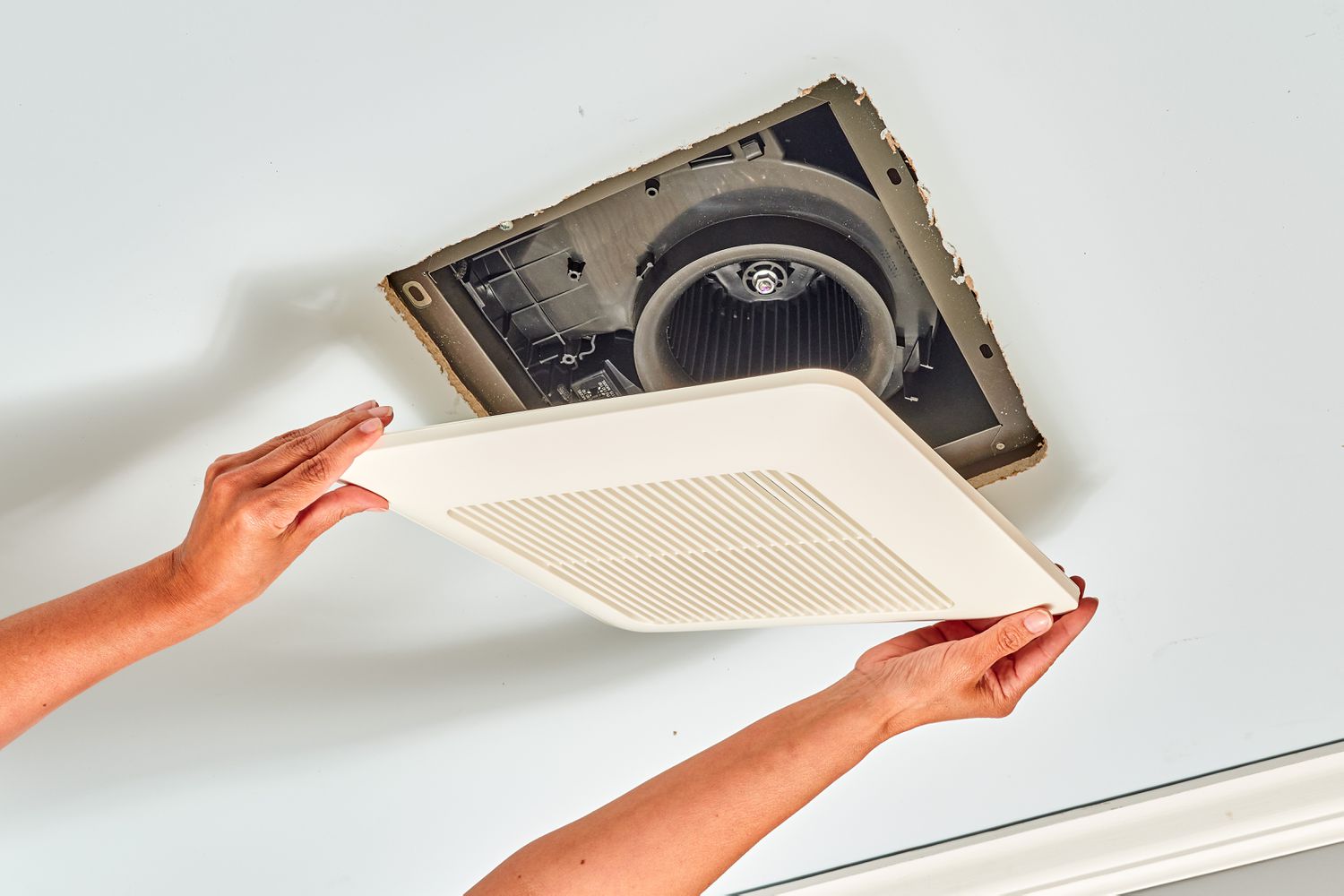
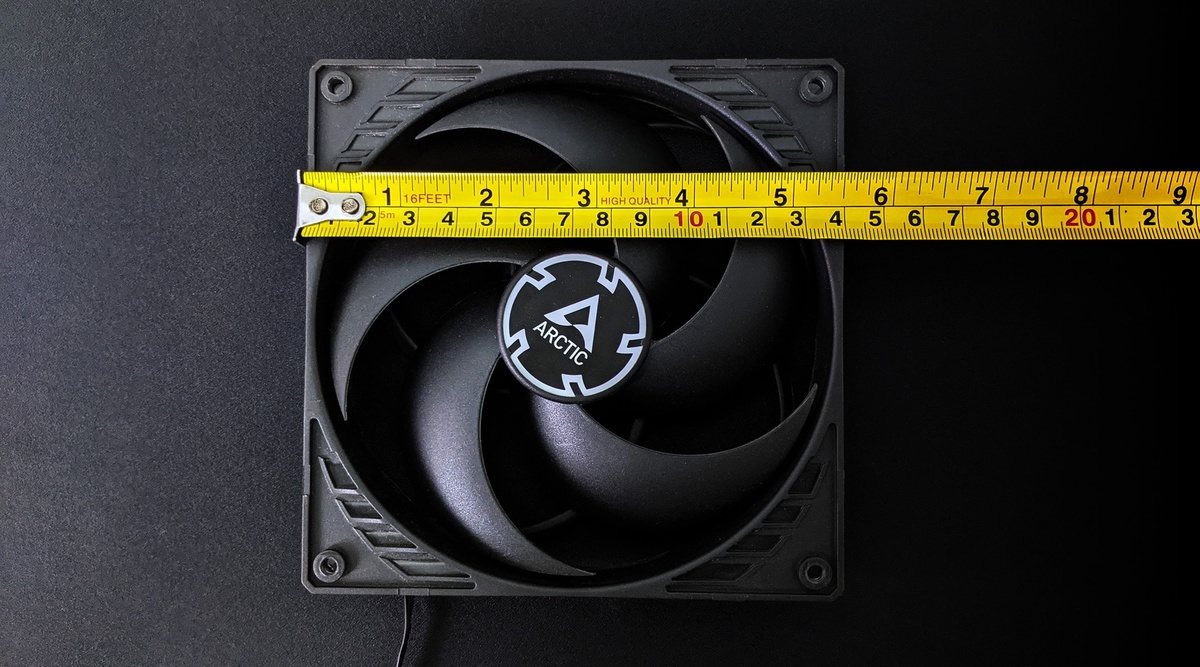
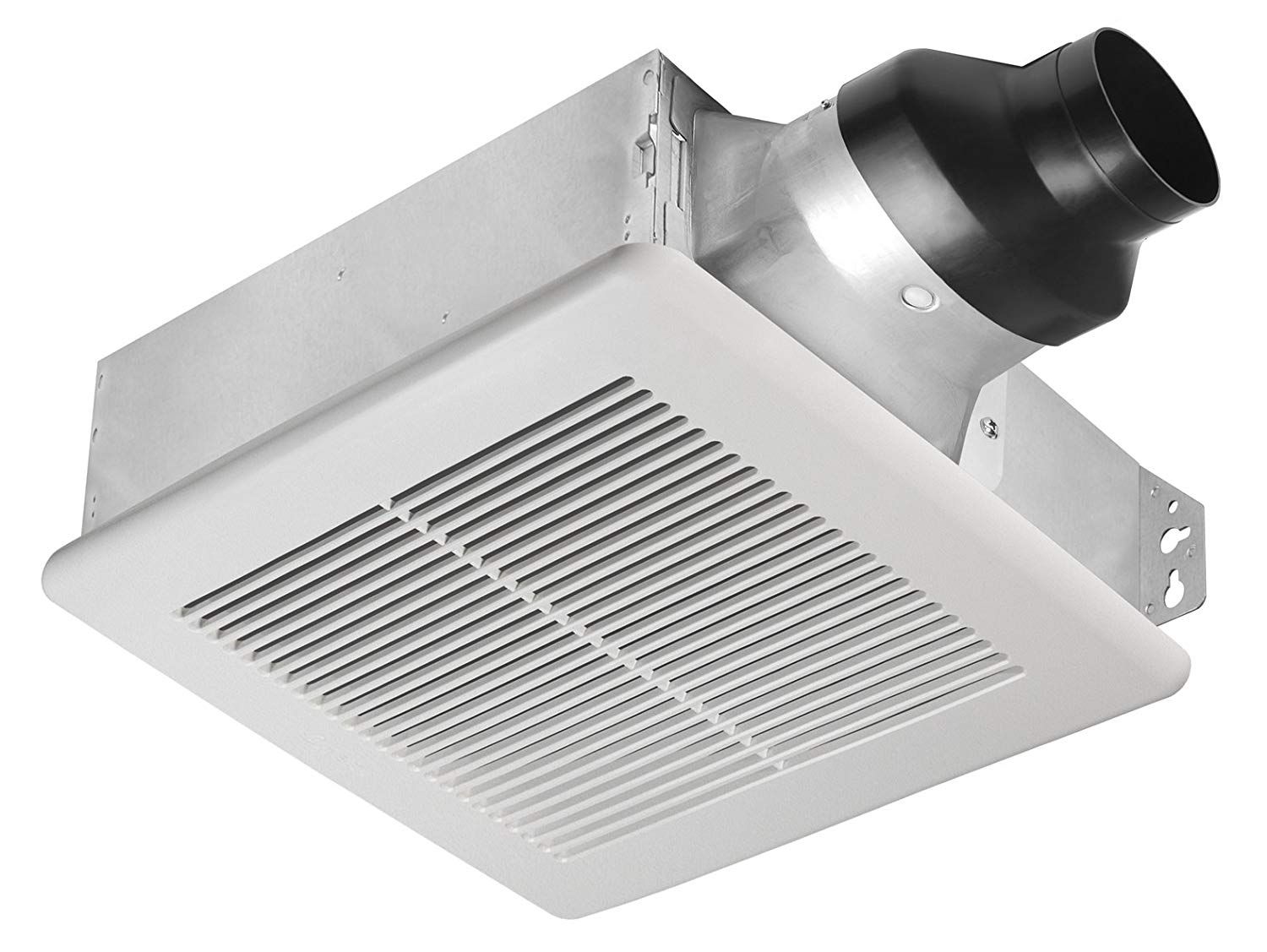
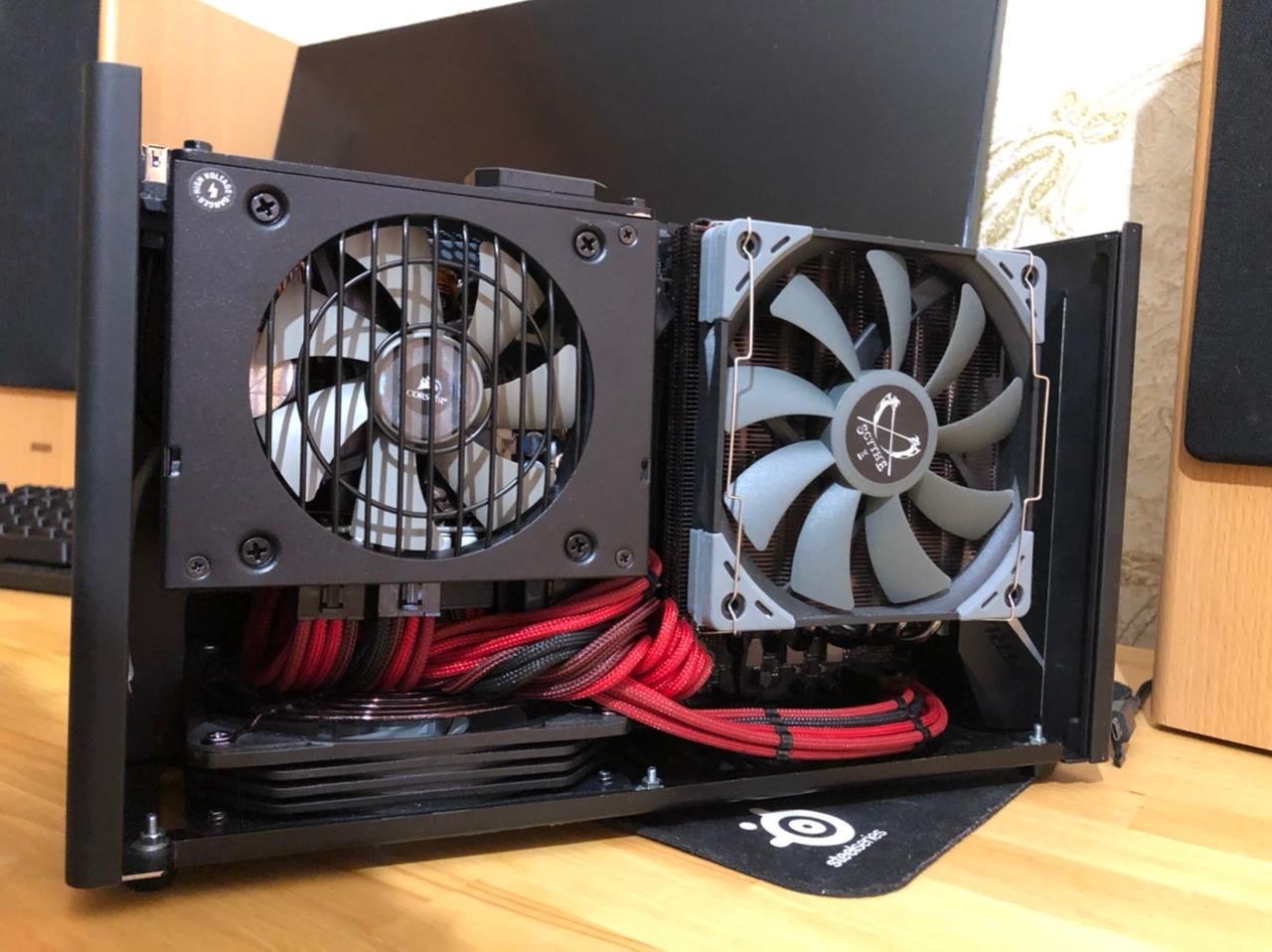
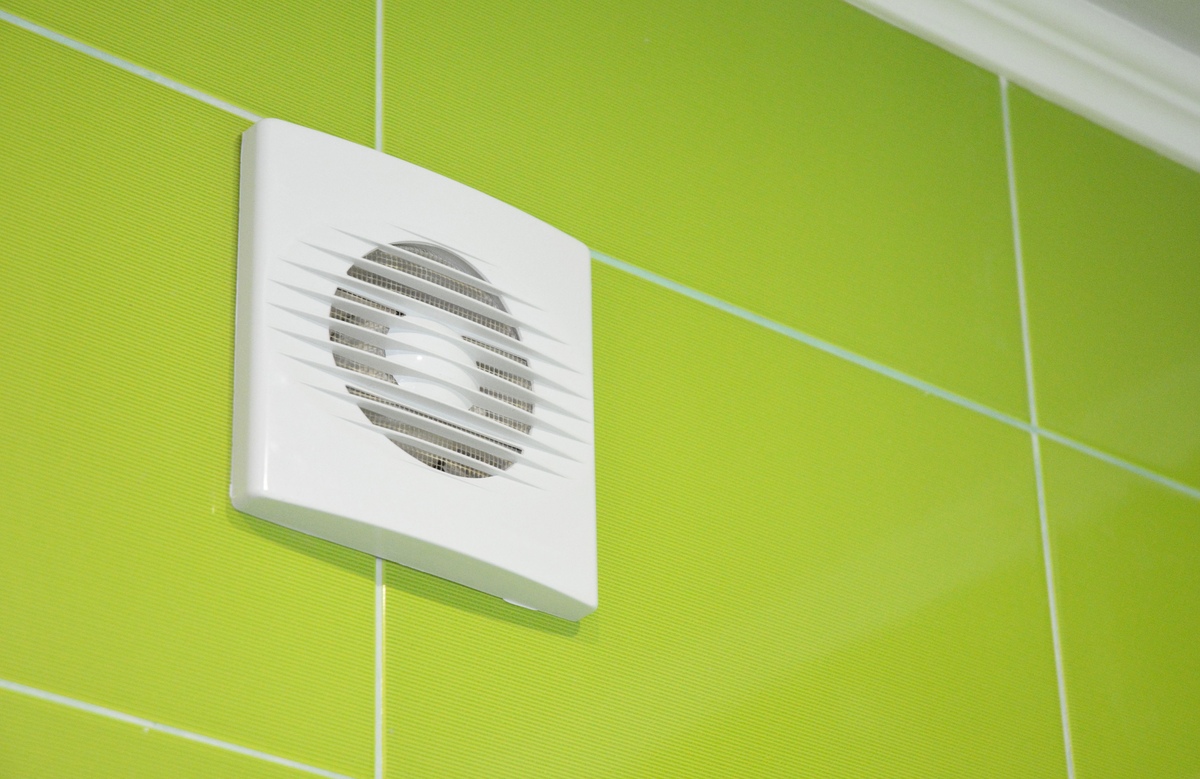
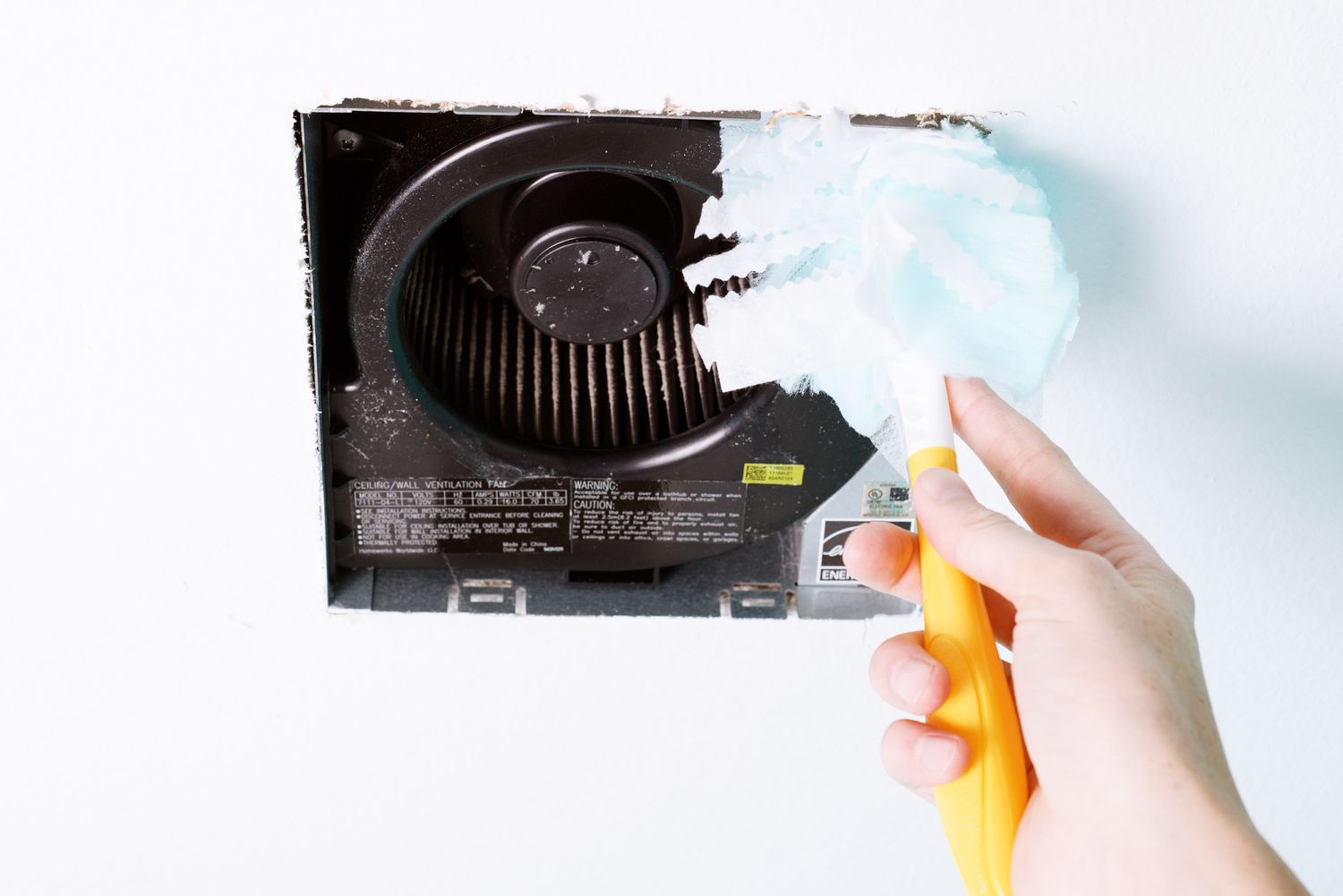

0 thoughts on “How To Lubricate A Bathroom Exhaust Fan”